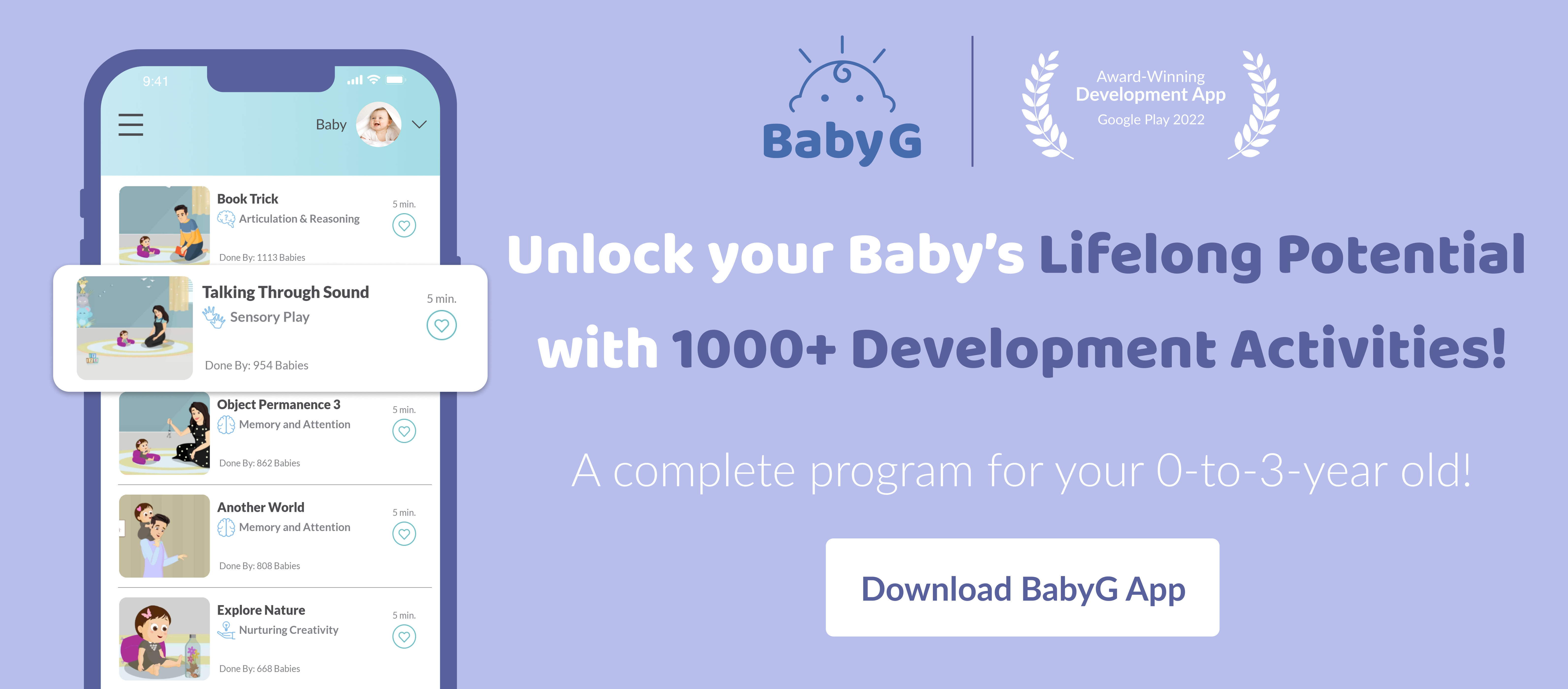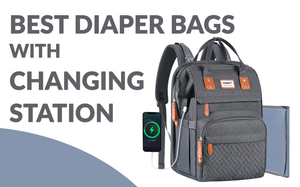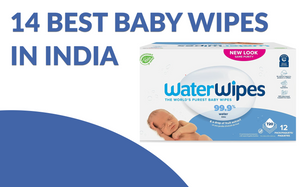
What Is A Manual Breast Pump
As the name suggests, manual breast pumps are operated by hand. It is not sustained by batteries or electricity to function. Manual breast pumps typically come with a breast shield, funnel, and bottle-like container that retains the milk, along with parts that help with its proper functioning. Optimum for occasional use, manual breast pumps are easy to use, economic, and good for a pumping novice.
Why & When To Choose A Manual Breast Pump?
The optimum time to utilise a manual breast pump is when you just sporadically need to express milk. Milk expression can begin as soon as two hours after giving delivery. That is if your infant is unable to latch on to your breasts or if you and your baby must be apart for medical reasons. In such cases, using a manual breast pump is helpful. This way your milk is stored and fed to your baby can get all the essential nutrients through a feeding bottle or tube.
Babies can generally begin drinking from a bottle 3 to 4 weeks after birth. If you sense that there is an insufficient milk supply, you might subsequently begin manually pumping. In circumstances where you are unable to set up an electric breast pump, utilising a manual breast pump is immensely useful.
How To Use A Manual Breast Pump Effectively Step by Step
Using a manual breast pump is simple and quick. Learn how to use a manual breast pump in six simple steps:
Step 1: Commence your manual breast pumping process by prepping the instrument. Wash all of the parts of the pump meticulously with soap and water. Make sure that the elements are completely dry. Next, put the different parts of the pump together. Kindly refer to the manual breast pump instructions for more specific guidelines on how to assemble the pump.
Step 2: Breastfeeding is not only a physical task for mothers. It is an activity that entails sensations and emotions. Hence, while pumping manually it is best to move into a quiet spot that allows your body to unwind and allows your mind to be at peace.
Step 3: Now sit in a comfortable position and gently massage your breast. Even looking at your baby’s photos or thinking about your baby will trigger the right hormones into action. Then place the breast shield also known as the flange on your breast with your nipple in the center. A relaxed body and the right stimulus encourage a favourable letdown.
Step 4: If you don’t feel a letdown, start pumping in accordance with the directions mentioned in the manual. When using a handle breast pump, drawing milk out requires pressing and releasing the handle. Whereas the silicone breast pumps need to be squeezed at the bottom. You may switch breasts if you notice the milk is not being drawn out.
Step 5: When you feel that all of the milk has been drawn out, remove the breast pump and cover it with a lid. You should make sure to stop pumping within 15 to 20 minutes if you have accumulated the desired amount of milk. It must be immediately refrigerated in order to prevent spoilage.
Step 6: Clean your breasts of any residual milk. Be sure to wash the pump and all of its parts after usage. Additionally, you must sterilise the entire pump once a day.
Our How To Use Guide For Some Of The Best Manual Breast Pumps
Now that you know how to use a manual breast pump step by step. Here is all you need to know about using the best manual breast pumps:A] How To Use Medela Manual Breast Pump
1. Cleanse: Begin by cleaning each of the individual parts of your breast pump. Maintaining good hygiene saves you and your little one from unnecessary bacteria build-up that could cause harmful side effects. You can wash it manually or in the dishwasher, and leave it to dry well. Don’t forget to wash your hands too and wipe off any residue from your nipples.
2. Assemble: Next connect all the parts of your breast pump. Attach the breast shield and the connector, followed by the handle.
3. Placement: Place the shield in a position that feels comfortable to you, making sure your nipple is in the middle of the funnel.
4. Express: Start pumping by pressing the short side of the handle. This will stimulate your breast. As soon as the milk begins to flow, continue to press on the longer side of the handle in a rhythmic pattern that is comfortable.
5. Detach: Stop pumping as soon as you feel that the milk is no longer coming out or when the bottle is full. Make sure to repeat the cleansing step after each use. Additionally, sterilize the dissemble parts once a day in boiling water for 10 minutes every day.
B] How To Use Haakaa Manual Breast Pump
1. Dissemble and Clean: Disinfect the parts of your pump by washing them before and after each use.
2. Position: The pump's top needs to be over your nipple, making sure it is snugly positioned in the neck of the pump.
3. Adjust suction: This 100% silicone pump works purely on suction power. Once your nipple is in the correct position, squeeze the base of the pump in a rhythmic manner similar to your baby’s movements to get started.
4. Express: Because of the powerful suction, you can even leave the pump running on its own while the milk accumulates on its own. If you struggle with an easy letdown, gently massaging your breast or keeping the squeeze going will work.
5. Transfer: Stop pumping if you believe you won't be able to produce any more milk for that session or when the pump is full. Next, it’s time to transfer the milk to the storage container of your choice.
C] How To Use Avent Manual Breast Pump
1. Disinfect: Unscrew the top, and disassemble the parts - silicone diaphragm along with its stem, white valve, and massage cushion. Now wash all the parts thoroughly and leave them to air dry. Assemble all the dry parts back together. Ensure that you also sanitise your breast and hands before feeding.
2. Align: Sit in a comfortable posture. Place the massage cushion on your breast, aiming your nipple right in the center. Check if the pump is now able to hold onto your breast comfortably.
3. Express: Start pumping with the help of the handle that will create suction. Press the handle as per your desired pace and pressure your breast can handle.
4. Collect: If you get a letdown, collect until it feels like the flow has stopped. Once finished, uncouple the pump and the bottle and refrigerate. Lastly, wash the pump and its parts after every pumping session to avoid bacteria buildup.
D] How To Use Tommee Tippee Manual Breast Pump
1. Sanitise: Dissemble the parts of your pump by detaching the bottle from the pump. Next, take out the horn from the pump and pull off the valve. Now wash the pump and its parts in warm soapy water. You may also sterilise the pump. Once this is done, leave the pump to dry. The valve may seal shut while storing milk and cleaning. Keep in mind to clean the valve and squeeze it to open it before each use.
2. Get ready: Put the pump back together and sit in a comfortable position to start pumping. Place the one-piece flange on your breast with the nipple in the middle so that the pump is sealed to your body.
3. Express: Starting this process involves gently pressing the handle in the same manner as your baby moves. With this pump, you can pump with the least amount of effort thanks to the narrow neck and curved handle.
4. Store: Now take off the pump from your breast and store the milk for later use. Do remember to repeat the sanitising step for good hygiene.
Types of Manual Breast Pumps
There are two varieties of manual breast pumps, they are:
1. Silicone Breast Pumps: The majority of silicone breast pumps are designed with 100% food-grade silicone. They are made up of one unit that saves tremendous time while cleaning. The pumping process starts with a few initial squeezes at the bottom and a suitable positioning on your breast.
2. Handle Breast Pumps: You may recreate your baby's nursing rhythm by using these pumps' gentle pumping motion. The push and release motion of the pump handle helps to ensure a healthy milk supply by stimulating your breast for a smooth letdown.
Benefits Of Manual Breast Pumps
There are many benefits of using manual breast pumps, here are a few:
1. Easy to wear: Wearing a manual breast pump is simple. With a quick placement of the breast shield, you are all set to start pumping.
2. Noise-free: Manual breast pumps do not have any motor or parts that produce any noise, helping you peacefully pump milk.
3. Portable: Its small size makes it simple to pack in a diaper bag or cosmetic pouch. The lightweight components make it easy to take when travelling. No electricity or batteries are needed, so you can express breast milk wherever you are without having to worry about power sources.
4. Affordable: A backup breast pump ought to be available in case of an emergency. Manual breast pumps are an affordable solution. Having a trustworthy backup breast pump can give you peace of mind and ensure that you are always prepared for everything.
5. Engorgement Relief: Between feedings, pumping a little amount of milk can assist to lessen breast engorgement.
6. Increases milk supply: Manual breast pumps are a good nonabrasive solution for moms who have complications in producing sufficient milk. Additionally, pumping during the interlude of feeding sessions helps to increase the overall supply of milk.
7. Pace modification: Manual breast pumps give you full control of the rhythm and pace of pumping.
How To Choose The Right Manual Breast Pump?
For a wholesome pumping experience, selecting the best manual breast pump is imperative. Here are a few tips to help you make the right choice:
1. Size & Weight: If you intend to take the pump with you on outings, it’s best to buy a pump that is not exceedingly bulky and small in size. If you plan to be away from your baby for longer and require collecting sufficient milk, getting a slightly bigger and more sturdy pump will work in your favour.
2. Fit: It is crucial to choose a breast pump that fits you well if you want a relaxing and productive experience. For the best fit, you can measure your nipple size and look up the appropriate flange size in accordance.
3. Capacity: A low-capacity pump is advantageous if you want to use manual breast pumps only to boost your milk supply. If you plan to use it on days when you will be gone away from your child, a pump that can attach bottles is ideal.
4. Design: Most concerns can be resolved by purchasing a breast pump that is designed according to your preferences. You can select a breast pump with a handle that is easy to hold or even a silicone breast pump that requires squeezing. Thanks to its practical designs, learning how to use this manual breast pump is uncomplicated.
5. Suction: You can choose manual breast pumps with moderate or vigorous suction. This depends on your skin's sensitivity and letdown synchronization.
In essence,
Learning how to use a manual breast pump is convenient and quick. If you don't mind the extra effort, a manual breast pump is going to be your best buddy throughout your nursing journey. We hope with this write-up your apprehensions about using manual breast pumps are now resolved.  Wondering how to stay on top of all your munchkins' developmental needs? Head on over to your BabyG App today, and get complete access to 1000+ Development Activities, Milestones and Growth Reports, Meal Plans, Recipes, Bedtime Stories, Tips and a Global Community of like-minded parents.
Wondering how to stay on top of all your munchkins' developmental needs? Head on over to your BabyG App today, and get complete access to 1000+ Development Activities, Milestones and Growth Reports, Meal Plans, Recipes, Bedtime Stories, Tips and a Global Community of like-minded parents.

















LEAVE A COMMENT